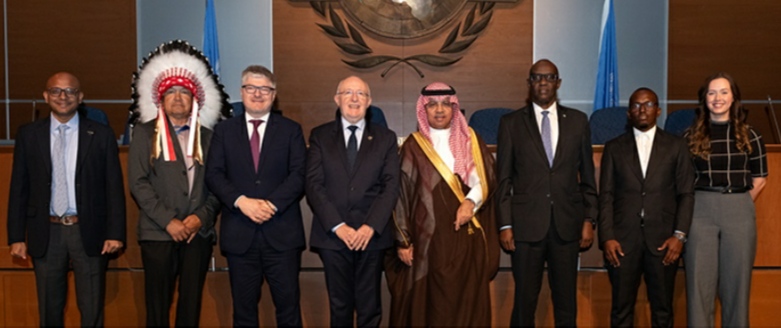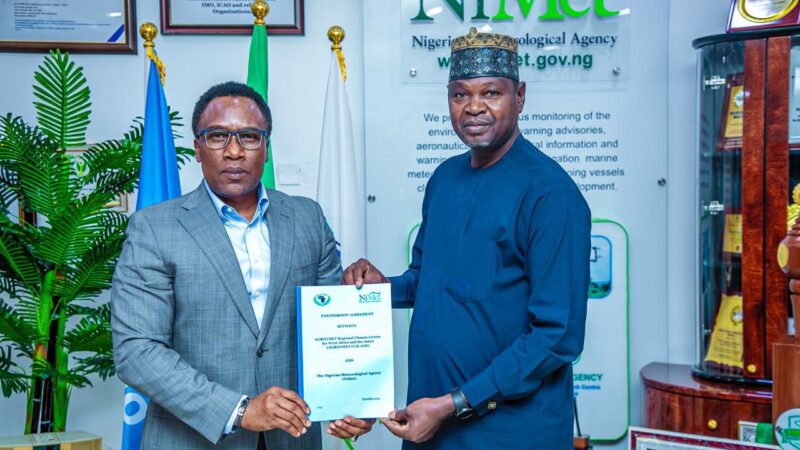ICAO Issues Global Call to Action for Accelerated Deployment of Advanced Air Mobility Technologies

The International Civil Aviation Organization (ICAO) has issued a global Call to Action, urging the swift, safe, and sustainable deployment of Advanced Air Mobility (AAM) technologies.
This appeal emerged during ICAO’s first-ever symposium exclusively dedicated to AAM, which opened with high expectations as industry leaders, government officials, and innovators gathered to chart a course for the future of aviation.
The event, themed “Advanced Air Mobility (AAM) Global Harmonisation and Interoperability: Challenges and Opportunities,” drew over 400 senior government representatives from 75 countries, alongside participants from the United Nations system and international aviation associations.
With world-leading manufacturers and cutting-edge innovators also in attendance, the event aimed to develop a global vision for AAM while addressing best practices, opportunities, and challenges.
Advanced Air Mobility encompasses a range of breakthrough technologies, including electric vertical take-off and landing (eVTOL) aircraft, unmanned aircraft systems (UAS) such as drones, and other remotely piloted and autonomous aircraft innovations.
The deployment of these technologies is expected to revolutionise aerial transport by enabling new services for passengers, goods, and services in urban and regional settings.
“Advanced air mobility will revolutionise the transportation of passengers, goods, and services by reimagining aerial mobility in urban and regional contexts,” said Salvatore Sciacchitano, President of the ICAO Council.
He stressed that achieving this vision would require careful planning on a global scale, considering the complexities of technology, infrastructure, regulation, and societal needs.
Sciacchitano further remarked, “The complexity of this undertaking is immense, necessitating insights from both core aviation stakeholders and new entrants. This points to an essential role for ICAO in ensuring alignment around safety and sustainability in this rapidly evolving landscape.”
The symposium was officially opened by Sciacchitano, alongside distinguished guests, including His Excellency Abdulaziz Bin Abdullah Al Duailej, President of the General Authority of Civil Aviation of Saudi Arabia, and His Excellency Prosper Higiro, High Commissioner of Rwanda to Canada and Representative to ICAO.
The event also highlighted ICAO’s commitment to encouraging AAM technologies as a catalyst for sustainable development worldwide.
These emerging capabilities are being applied across various sectors such as healthcare, agriculture, water supply and monitoring, wildfire control, and the transportation of passengers, mail, and cargo.
In many developing economies, AAM presents an opportunity for accelerated progress, potentially allowing them to bypass traditional infrastructure limitations.
In his remarks, ICAO Secretary General Juan Carlos Salazar emphasised the urgency of cooperation among all stakeholders to fully realise the benefits of AAM.
“Through our concerted efforts, we will embrace the numerous opportunities that AAM offers, shaping a future of aviation that is more accessible, efficient, and sustainable,” said Salazar.
The Call to Action issued by ICAO prioritises regulatory interoperability, airspace integration, multilevel cooperation, and support for innovation.
Salazar underscored the far-reaching impact of these initiatives, highlighting that AAM will affect numerous areas of aviation, requiring a holistic approach to ensure its seamless convergence with conventional aviation.
The Call also urges collaboration among public authorities, operators, manufacturers, service providers, and innovators from both private and academic sectors, as well as cooperation with various UN entities.
Several UN organisations, including the World Food Programme, UN Habitat, and the Food and Agriculture Organisation, have already pledged their support, recognising the value of harmonised UAS frameworks in enhancing humanitarian operations.
The United Nations system entities supporting ICAO’s efforts have stressed the critical role of AAM in humanitarian missions, particularly in areas such as disaster response, aid delivery, and peacekeeping.
UAS technologies, in particular, have proven invaluable in high-impact field operations, providing essential services in challenging environments.







